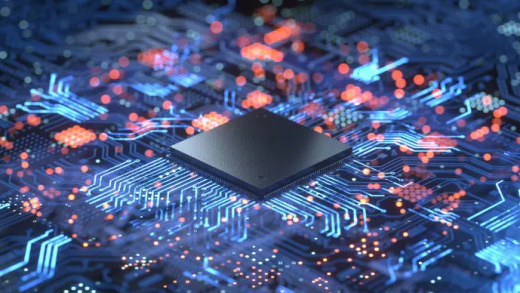In today’s fast-paced world, where our reliance on electronic devices is ever-increasing, the need for efficient charging methods has become paramount. With the advent of fast charging technology, the age-old debate of whether it is better to fast charge or slow charge our devices has gained significant attention. In this article, we will delve into the intricacies of both methods, exploring their advantages, disadvantages, and ultimately determining the optimal charging approach for different scenarios.
1. Understanding Fast Charging:
Fast charging, as the name suggests, is a charging technique that allows devices to replenish their battery levels at a significantly accelerated rate. This method utilizes higher charging currents, enabling devices to charge up to 50% or more in a matter of minutes. The primary advantage of fast charging lies in its time efficiency, ensuring that our devices are ready for use in the shortest possible time.
2. The Science Behind Slow Charging:
On the other hand, slow charging, also known as trickle charging, involves providing a lower charging current to the device over an extended period. This method is typically employed when time is not a constraint, such as overnight charging. Slow charging ensures a gentle and steady flow of energy to the battery, minimizing heat generation and promoting longevity.
3. Battery Health and Longevity:
One crucial aspect to consider when choosing between fast charging and slow charging is the impact on battery health. Fast charging, while convenient, generates more heat and can potentially degrade the battery’s overall lifespan. On the contrary, slow charging exerts less stress on the battery, resulting in prolonged battery health and improved longevity. Therefore, if battery lifespan is a priority, slow charging is the recommended approach.
4. Time Efficiency vs. Battery Health:
The choice between fast charging and slow charging ultimately boils down to the user’s specific requirements. If time is of the essence, fast charging proves to be the ideal solution, ensuring quick access to a charged device. However, if battery health and longevity are paramount, opting for slow charging is the wiser choice. It is important to strike a balance between convenience and battery preservation, considering the specific needs of each situation.
5. Adaptive Charging: The Best of Both Worlds:
To address the dilemma between fast charging and slow charging, manufacturers have introduced adaptive charging technologies. These intelligent systems analyze various factors such as battery temperature, usage patterns, and charging history to dynamically adjust the charging speed. By combining the benefits of both methods, adaptive charging optimizes battery health while minimizing charging time, providing an ideal solution for users.
Conclusion:
In conclusion, the choice between fast charging and slow charging depends on the user’s priorities and circumstances. Fast charging offers convenience and time efficiency, while slow charging promotes battery health and longevity. However, with the advent of adaptive charging technologies, users can now enjoy the best of both worlds. By understanding the intricacies of each charging method and considering individual needs, we can make informed decisions to ensure optimal charging for our devices, maximizing their performance and lifespan.


